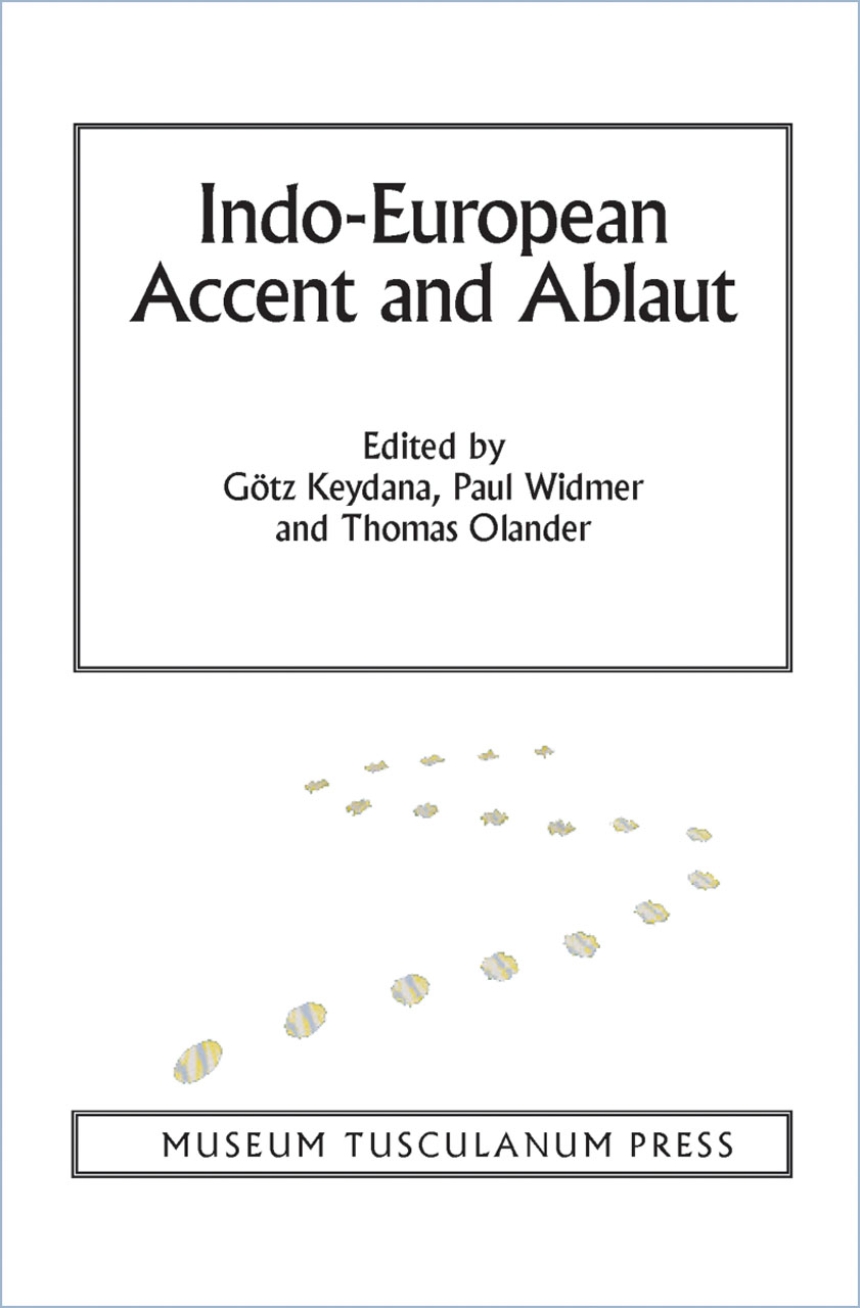Distributed for Museum Tusculanum Press
Indo-European Accent and Ablaut
207 pages | 6 3/8 x 9 1/2 | © 2013
Copenhagen Studies in Indo-European
Language and Linguistics: General Language and Linguistics
Table of Contents
Introduction
Interne Rekonstruktion und Akzentparadigmen
Wolfgang Hock
Proterokinetische Stämme, Akzent und Ablaut
Götz Keydana
Metrical grid theory, internal derivation, and the reconstruction of PIE nominal accent paradigms
Ronald I. Kim
Indo-European nominal ablaut patterns: The Anatolian evidence
Alwin Kloekhorst
Indo-European heritage in the Balto-Slavic accentuation system
Thomas Olander
On Indo-European tones, accentuation and ablaut
Tijmen Pronk
Zwei? Vier? Sechs? Zur Anzahl der Nominalablauttypen und ihrem Grundwesen (Apophonica VII)
Xavier Tremblay
Akzent und Ablaut, externe und interne Derivation in der Nominalkomposition
Paul Widmer

